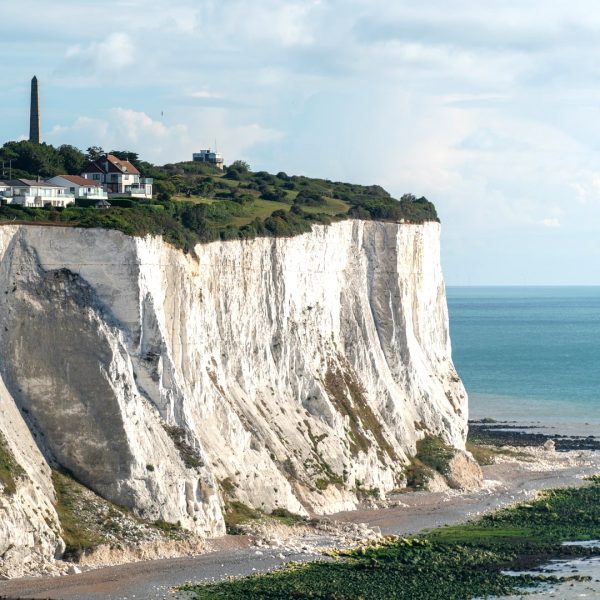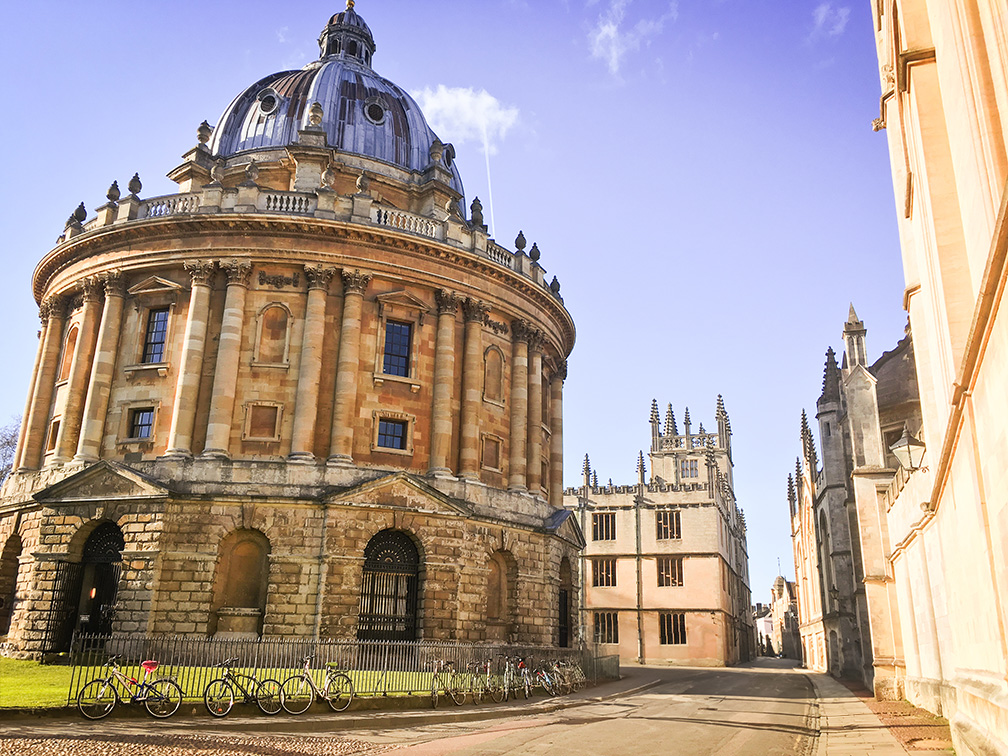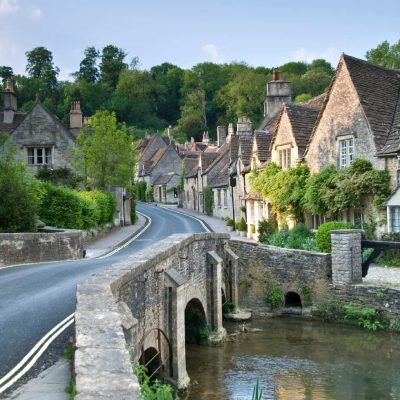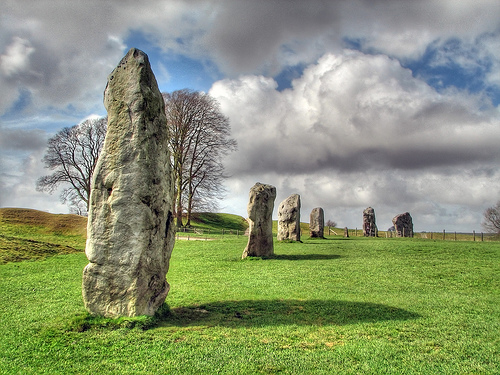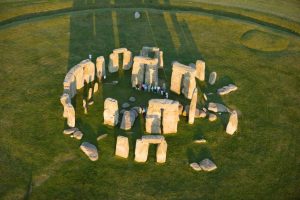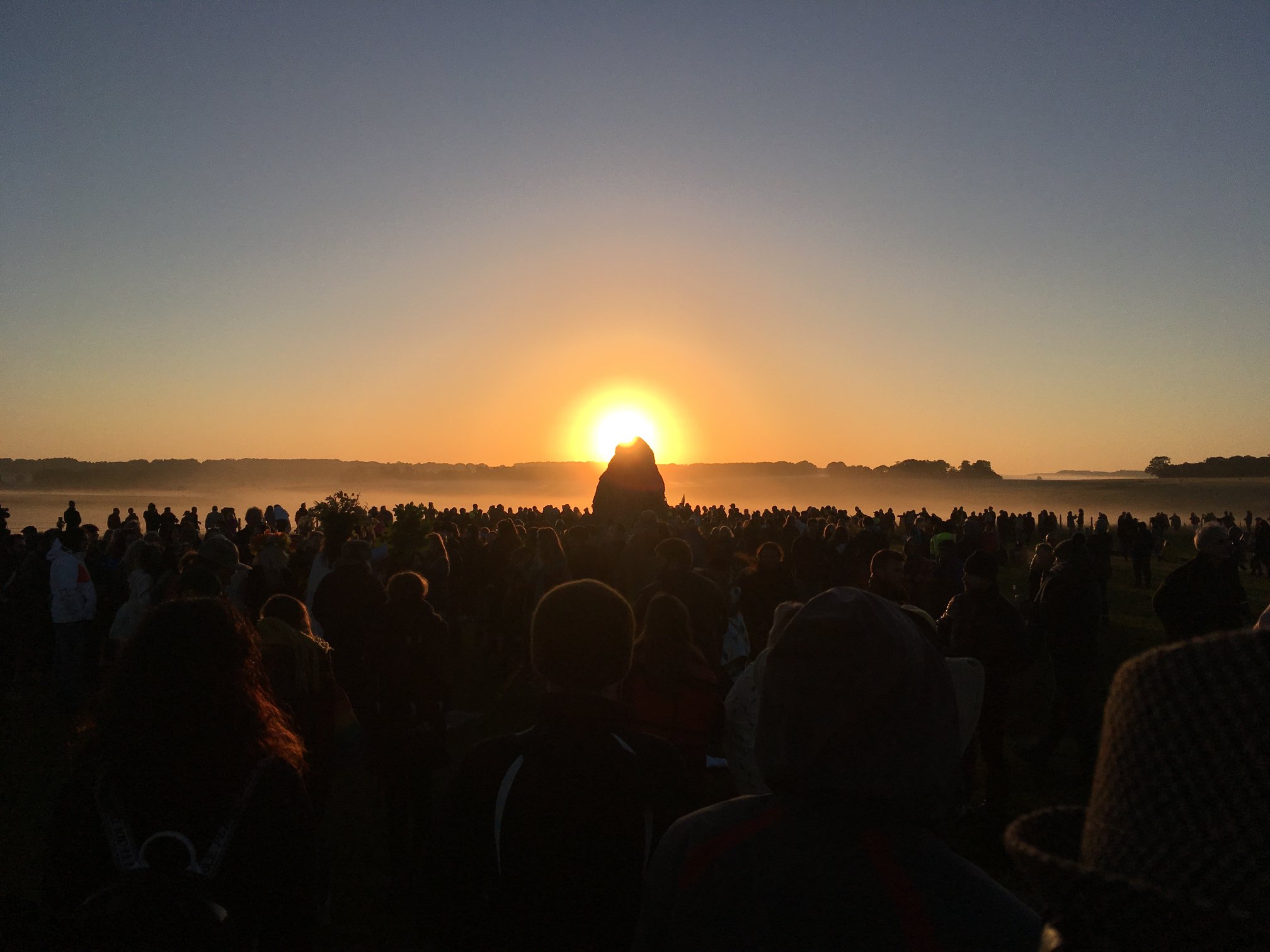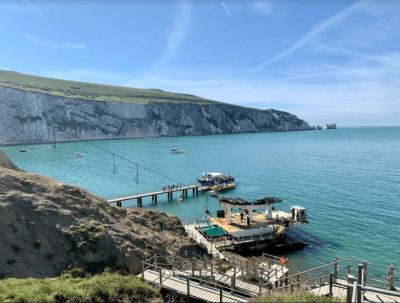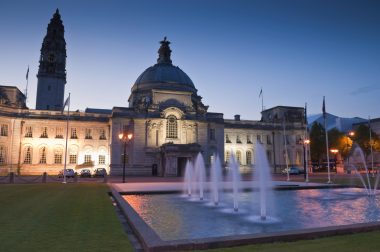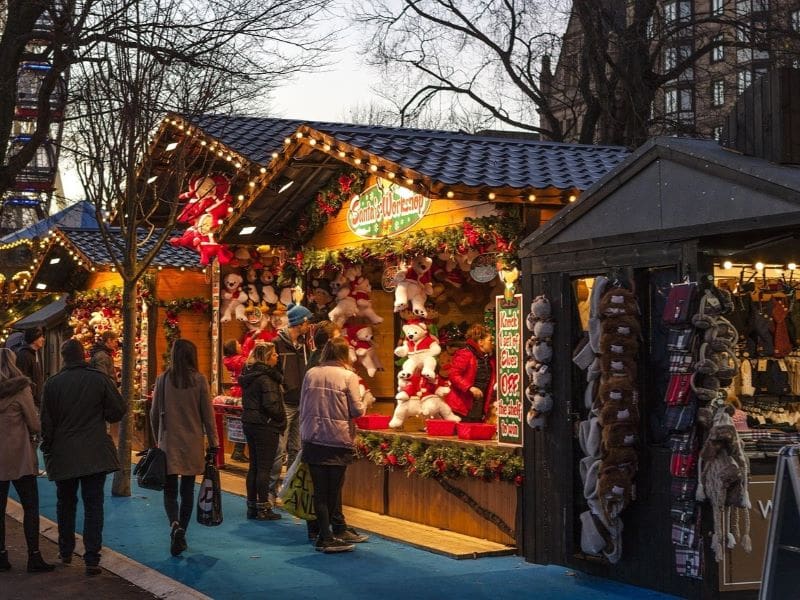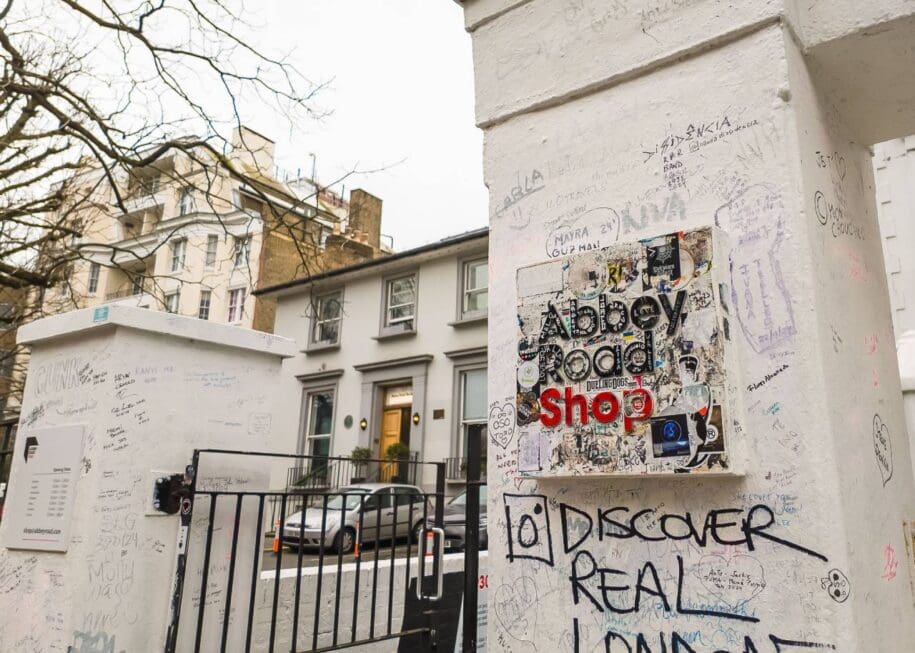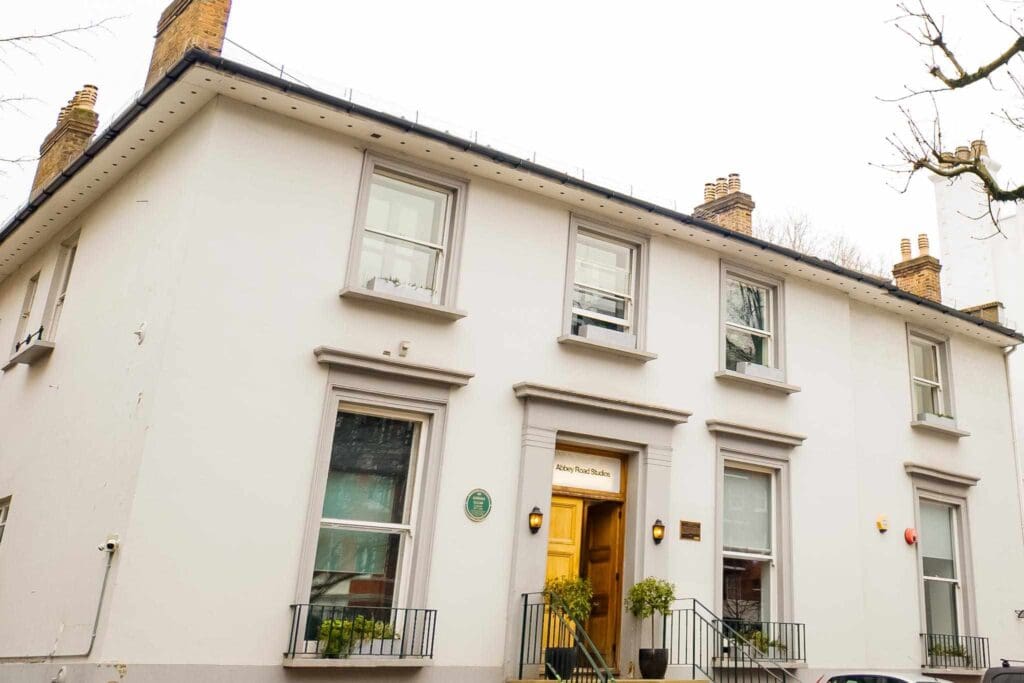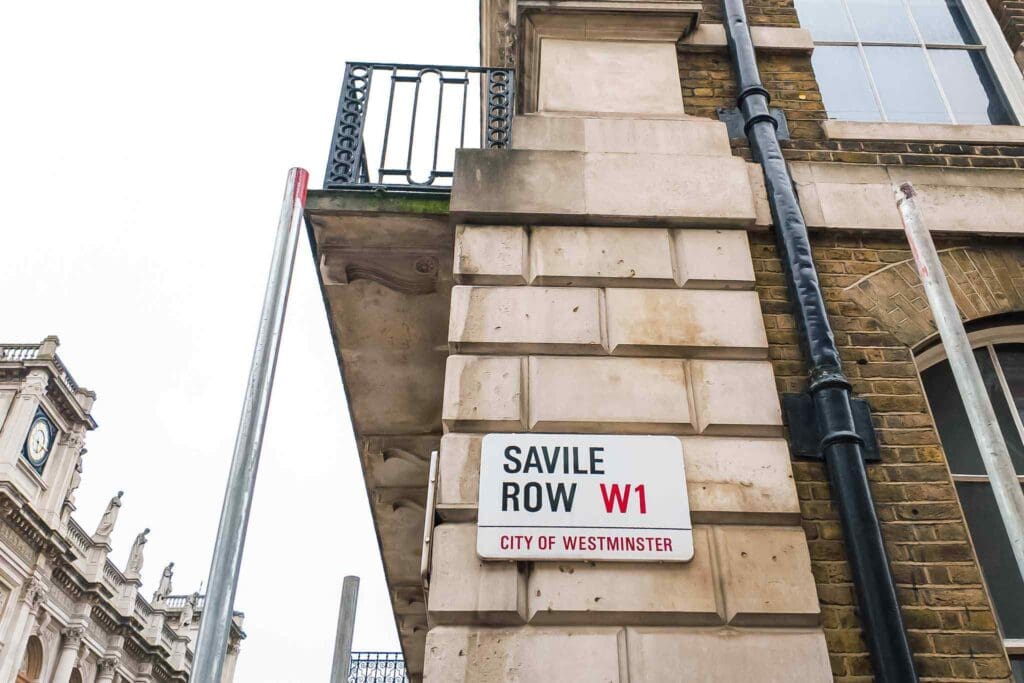Walk The Iconic Locations of The Beatles in London
Whether you hail from the Beatles’ home turf in England, were swept up in Beatlemania as a proud American in 1964, or discovered an infatuation for the band from Japan, their enduring popularity spans generations. This year, 2024, will mark the 60th anniversary (November 1963) of The Beatles’ release of their debut single “Love Me Do”.Though a hit in England, it reached across the pond in the United States, pivotally sparking an energetic fan base. Their music continues to resonate worldwide. So, as the familiar strains of Paul McCartney’s voice whisper in the background. “Let it be, let it be, let it be,” let’s embark on a journey through some of London’s most iconic Beatles landmarks.
The Ground Breaking Abbey Road Studios
Abbey Road Studios was founded in 1931 as a purpose-built recording studio. The innovation from within the four walls of Abbey Road studios would influence the whole music landscape. This included the “EMI Sound,” which provided clarity and a distinctive reverb. Such sound would become part of the group recordings within the studio. However, it was the collaborative spirit within Abbey Road. The utilization of technology with the likes of producers Geoff Emerick and George Martin would make commercial success a reality for The Beatles.
Twenty-nine years later, with the arrival of The Beatles, the team would experiment. Using multi-track recording, tape loops, and more, would lead to The Beatles’ monumental success. Successful albums such as “Sgt. Pepper’s Lonely Hearts Club Band” and “Abbey Road” hit the charts! Today, Abbey Road Studios is still a renowned studio for its; recording sessions, mixing and mastering, film and television scoring, and live events. The association with The Beatles remains strong. Many people walk across the Zebra crossing while they get someone to snap their picture, an iconic of The Beatles album.
3 Savile Row: Apple Corps HQ
Just a short walk from the iconic Abbey Road, you’ll find 3 Savile Row. A place drenched in The Beatles history. This unassuming spot was home to Apple Corps. The multimedia powerhouse was founded by The Fab Four back in 1968. It was here that The Beatles’ creative essence found its home, becoming a launchpad for their musical, cinematic, and design ventures.
More than just an office, Apple Corps was a hotbed of creativity. The building hummed with energy as The Beatles collaborated with artists, designers, and filmmakers, fueling their desire to push boundaries and explore new artistic horizons. Within those walls, experimentation thrived, reflecting the band’s relentless pursuit of innovation. Apple Corps even ventured into the realm of record labels, granting The Beatles unprecedented control over their musical output.
Though Apple Corps faced its share of challenges in the years to come, its brief existence remains a vital part of The Beatles’ narrative. It stands as a testament to their ambition and their commitment to fostering creativity, not only for themselves but for all who share their vision.
The Beatles' Rooftop Revolution Gig
Nothing quite captured the rebellious spirit of the times and went against the convention of the day than The Beatles’ last show, on top of Apple Corps. The 30th of January, 1969, was the filming date of “The Get Back Project” with the plan of rehearsing and recording new songs. The usual studio setting seemed a little less exciting, leading to the producer suggesting the roof as their performance venue. Directly above the Apple Corps headquarters at 3 Savile Row, in the West End, microphones and guitars at the ready, amps in!
Their set would go on for 42 minutes and be attended by local workers on their lunch breaks. From the rooftops surrounding the concert, they watched. From the streets below, they gathered and enjoyed the free and impromptu concert.
The set featured:
- Three takes of “Get Back”
- Two takes each of “Don’t Let Me Down” and “I’ve Got a Feeling”
- One takes each of “One After 909” and “Dig a Pony”
The Beatles’ Last Performance
While many enjoyed the unconventional concert, many businesses and local people complained. The police would be alerted, while the gathering crowd caused unheard-of traffic in the surrounding area. It would take a young police officer, Ray Dagg, in addition to another officer to usher firm warnings before the Beatles would be allowed to play their last song.
In a nation facing social and economic difficulty, also known as the “Winter of Discontent”. The event perhaps symbolized the desire for new horizons in people’s lives. And, no better message by an unconventional change against the music industry to how a band performs. Unfortunately and quite dramatically, this would be the last time the band would ever perform together. It indeed was raw, yet it will forever be in the minds of music fans as long as the history of the Beatles lives on.
24 Cavendish Avenue: Ignited Countless Classics
Our journey wouldn’t be complete without a visit to 24 Cavendish Avenue. From 1965 to 1967, this unassuming address served as Paul McCartney’s home. Within these walls, countless song writing sessions unfolded, birthing timeless classics like “Yesterday” and “We Can Work It Out.” While now a private residence, fans can still appreciate the facade and take a moment to imagine the creative energy that flowed within. 24 Cavendish Avenue offers a glimpse into the more intimate side of The Beatles’ story, a place where inspiration bloomed and musical history was made.
London's Rock and Roll History with an Expert Guide
Nothing beats a first-hand experience with a knowledgeable guide! Explore London’s Rock and Roll iconic music scenes and hear the stories behind the sights. Our guide, a music industry veteran with over 20 years of experience, will bring the city’s musical heritage to life. Go beyond The Beatles and discover the creative spaces of legends like Bob Marley and fashion icon Vivienne Westwood.


